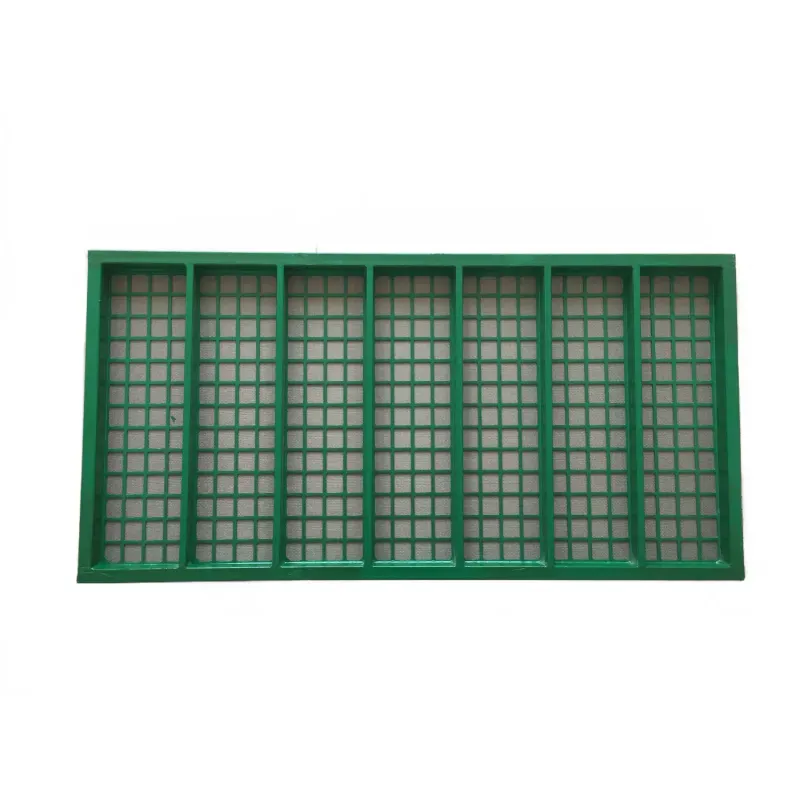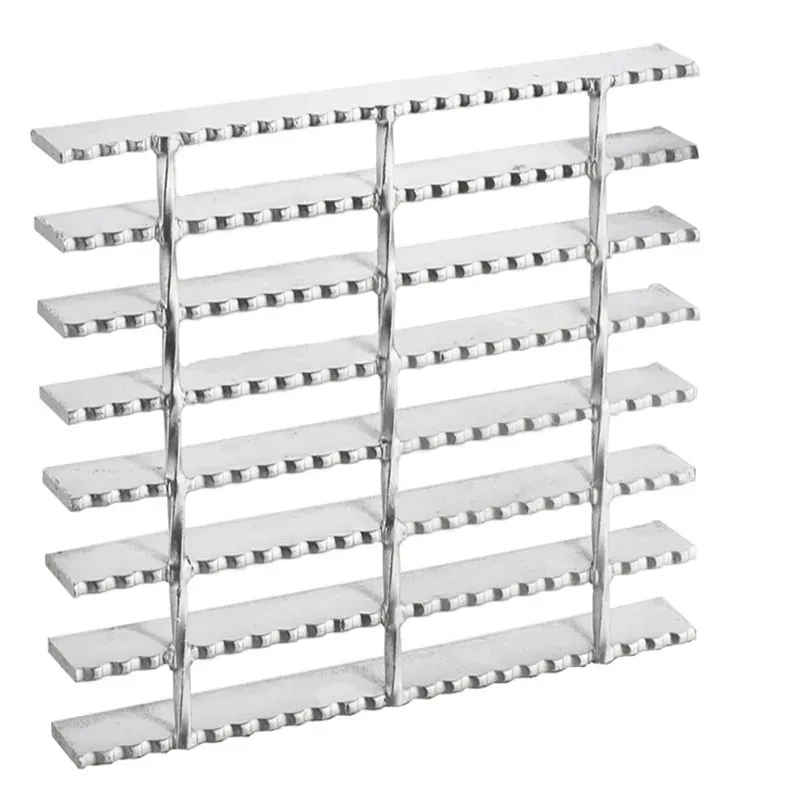- Industrial zone, South of Anping Town, Hengshui, Hebei, China.
- sales@hfpetromesh.com
- +86-18931809706
 Afrikaans
Afrikaans  Albanian
Albanian  Amharic
Amharic  Arabic
Arabic  Armenian
Armenian  Azerbaijani
Azerbaijani  Basque
Basque  Belarusian
Belarusian  Bengali
Bengali  Bosnian
Bosnian  Bulgarian
Bulgarian  Catalan
Catalan  Cebuano
Cebuano  Corsican
Corsican  Croatian
Croatian  Czech
Czech  Danish
Danish  Dutch
Dutch  English
English  Esperanto
Esperanto  Estonian
Estonian  Finnish
Finnish  French
French  Frisian
Frisian  Galician
Galician  Georgian
Georgian  German
German  Greek
Greek  Gujarati
Gujarati  Haitian Creole
Haitian Creole  hausa
hausa  hawaiian
hawaiian  Hebrew
Hebrew  Hindi
Hindi  Miao
Miao  Hungarian
Hungarian  Icelandic
Icelandic  igbo
igbo  Indonesian
Indonesian  irish
irish  Italian
Italian  Japanese
Japanese  Javanese
Javanese  Kannada
Kannada  kazakh
kazakh  Khmer
Khmer  Rwandese
Rwandese  Korean
Korean  Kurdish
Kurdish  Kyrgyz
Kyrgyz  Lao
Lao  Latin
Latin  Latvian
Latvian  Lithuanian
Lithuanian  Luxembourgish
Luxembourgish  Macedonian
Macedonian  Malgashi
Malgashi  Malay
Malay  Malayalam
Malayalam  Maltese
Maltese  Maori
Maori  Marathi
Marathi  Mongolian
Mongolian  Myanmar
Myanmar  Nepali
Nepali  Norwegian
Norwegian  Norwegian
Norwegian  Occitan
Occitan  Pashto
Pashto  Persian
Persian  Polish
Polish  Portuguese
Portuguese  Punjabi
Punjabi  Romanian
Romanian  Russian
Russian  Samoan
Samoan  Scottish Gaelic
Scottish Gaelic  Serbian
Serbian  Sesotho
Sesotho  Shona
Shona  Sindhi
Sindhi  Sinhala
Sinhala  Slovak
Slovak  Slovenian
Slovenian  Somali
Somali  Spanish
Spanish  Sundanese
Sundanese  Swahili
Swahili  Swedish
Swedish  Tagalog
Tagalog  Tajik
Tajik  Tamil
Tamil  Tatar
Tatar  Telugu
Telugu  Thai
Thai  Turkish
Turkish  Turkmen
Turkmen  Ukrainian
Ukrainian  Urdu
Urdu  Uighur
Uighur  Uzbek
Uzbek  Vietnamese
Vietnamese  Welsh
Welsh  Bantu
Bantu  Yiddish
Yiddish  Yoruba
Yoruba  Zulu
Zulu
- Afrikaans
- Albanian
- Amharic
- Arabic
- Armenian
- Azerbaijani
- Basque
- Belarusian
- Bengali
- Bosnian
- Bulgarian
- Catalan
- Cebuano
- Corsican
- Croatian
- Czech
- Danish
- Dutch
- English
- Esperanto
- Estonian
- Finnish
- French
- Frisian
- Galician
- Georgian
- German
- Greek
- Gujarati
- Haitian Creole
- hausa
- hawaiian
- Hebrew
- Hindi
- Miao
- Hungarian
- Icelandic
- igbo
- Indonesian
- irish
- Italian
- Japanese
- Javanese
- Kannada
- kazakh
- Khmer
- Rwandese
- Korean
- Kurdish
- Kyrgyz
- Lao
- Latin
- Latvian
- Lithuanian
- Luxembourgish
- Macedonian
- Malgashi
- Malay
- Malayalam
- Maltese
- Maori
- Marathi
- Mongolian
- Myanmar
- Nepali
- Norwegian
- Norwegian
- Occitan
- Pashto
- Persian
- Polish
- Portuguese
- Punjabi
- Romanian
- Russian
- Samoan
- Scottish Gaelic
- Serbian
- Sesotho
- Shona
- Sindhi
- Sinhala
- Slovak
- Slovenian
- Somali
- Spanish
- Sundanese
- Swahili
- Swedish
- Tagalog
- Tajik
- Tamil
- Tatar
- Telugu
- Thai
- Turkish
- Turkmen
- Ukrainian
- Urdu
- Uighur
- Uzbek
- Vietnamese
- Welsh
- Bantu
- Yiddish
- Yoruba
- Zulu
jan . 20, 2025 05:26
Back to list
stainless steel grating specification
Navigating the world of steel gratings is crucial for industries requiring reliable infrastructure solutions. Stainless steel grating is an essential component in sectors ranging from construction to food processing, valued for its durability, versatility, and aesthetic appeal. This piece offers an in-depth overview of stainless steel grating specifications to help businesses make informed decisions.
The finish of the stainless steel grating also plays a vital role. Options include mill, electropolished, and powder-coated finishes, each serving distinct purposes. Mill finish is raw and subtly polished, presenting a cost-effective solution. Electropolishing enhances corrosion resistance and hygiene, perfect for the food and beverage industry by delivering a smoother surface less prone to microbial accumulation. Powder-coating offers additional protection and customizable aesthetics, particularly where color coding or branding is crucial. Fabrication techniques such as welding and swaging influence the grating's strength and performance. Welded bar grating offers robustness through fusion welding—a process integrating all contact points. This method is favored in heavy-load environments, including industrial floors and vehicle access roads. Swage-locked and press-locked grating offer alternative fabrications, with swage-lock providing a tighter connection beneficial for aesthetic constructions, and press-lock permitting customizable bar spacing favorable in architectural applications. Compliance with safety and industry standards is a critical consideration. Accredited certifications such as ISO 9001 for quality management assure product reliability. Additionally, adherence to standards set by the American Society for Testing and Materials (ASTM) ensures consistency across parameters such as load capacity, dimensions, and tensile strength. In conclusion, choosing the correct stainless steel grating specification requires careful consideration of material grade, grating type, surface finish, fabrication technique, and compliance with safety standards. By focusing on these critical elements, businesses can procure grating solutions that not only meet functional demands but also ensure longevity and efficiency. For companies engaged in projects that necessitate robust and enduring infrastructures, understanding these specifications is not just beneficial but essential. As industries continue to evolve, staying informed on innovations and industry standards remains vital to maintaining competitive edge and operational efficiency.


The finish of the stainless steel grating also plays a vital role. Options include mill, electropolished, and powder-coated finishes, each serving distinct purposes. Mill finish is raw and subtly polished, presenting a cost-effective solution. Electropolishing enhances corrosion resistance and hygiene, perfect for the food and beverage industry by delivering a smoother surface less prone to microbial accumulation. Powder-coating offers additional protection and customizable aesthetics, particularly where color coding or branding is crucial. Fabrication techniques such as welding and swaging influence the grating's strength and performance. Welded bar grating offers robustness through fusion welding—a process integrating all contact points. This method is favored in heavy-load environments, including industrial floors and vehicle access roads. Swage-locked and press-locked grating offer alternative fabrications, with swage-lock providing a tighter connection beneficial for aesthetic constructions, and press-lock permitting customizable bar spacing favorable in architectural applications. Compliance with safety and industry standards is a critical consideration. Accredited certifications such as ISO 9001 for quality management assure product reliability. Additionally, adherence to standards set by the American Society for Testing and Materials (ASTM) ensures consistency across parameters such as load capacity, dimensions, and tensile strength. In conclusion, choosing the correct stainless steel grating specification requires careful consideration of material grade, grating type, surface finish, fabrication technique, and compliance with safety standards. By focusing on these critical elements, businesses can procure grating solutions that not only meet functional demands but also ensure longevity and efficiency. For companies engaged in projects that necessitate robust and enduring infrastructures, understanding these specifications is not just beneficial but essential. As industries continue to evolve, staying informed on innovations and industry standards remains vital to maintaining competitive edge and operational efficiency.
Share
Prev:
Next:
Latest news
-
Welded Steel Bar Grating: The Rugged Industrial Flooring Solution Built for Load and LongevityNewsJun.24,2025
-
Steel Walkway Grating: Reliable, Resilient, and Built for Every StepNewsJun.24,2025
-
Shale Shaker Screen for Sale: Optimize Drilling Efficiency with Precision Screening PowerNewsJun.24,2025
-
Shaker Screen for Sale: Elevate Your Drilling Efficiency with Durable Separation SolutionsNewsJun.24,2025
-
Press Locked Steel Grating: Industrial Strength with Precision Fit for Heavy-Duty ApplicationsNewsJun.24,2025
-
Perimeter Safety Netting: The Critical Safety Upgrade for Every HelipadNewsJun.24,2025